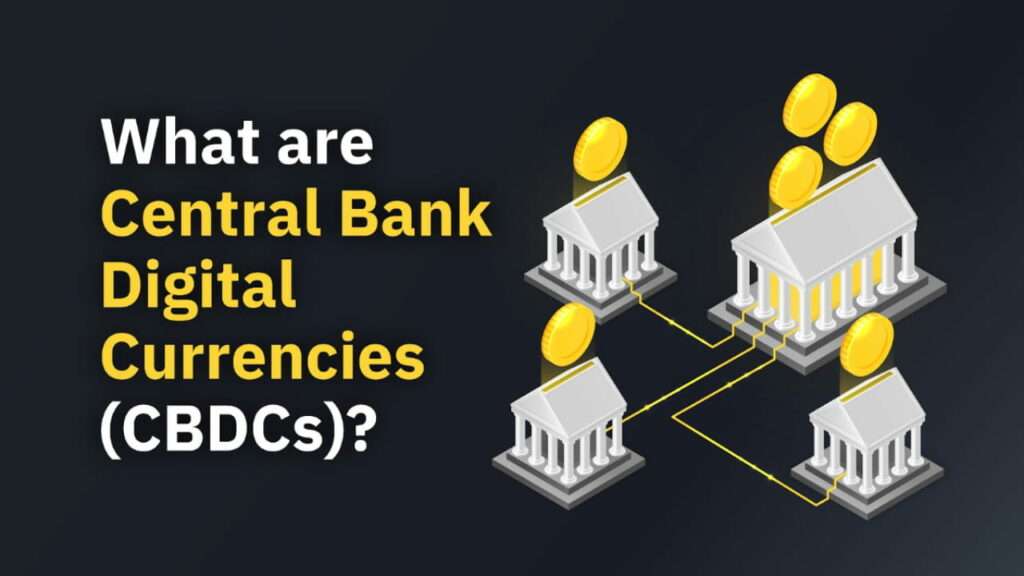In the ever-evolving landscape of finance, Central Bank Digital Currencies (CBDCs) have emerged as a transformative force, heralding a new era in the way we conceive, transact, and interact with money. As central banks globally explore the possibilities of digitizing their currencies, this article delves into the multifaceted role CBDCs are set to play in shaping the future of finance.

Understanding CBDCs:
Central Bank Digital Currencies are digital versions of a country’s national currency, issued and regulated by the central bank. Unlike cryptocurrencies, CBDCs are typically centralized and operate on a permissioned blockchain, giving central banks control over the issuance and distribution of the digital currency.
Enhancing Financial Inclusion:
One of the primary advantages of CBDCs is their potential to address issues of financial inclusion. By providing a digital, universally accessible form of currency, CBDCs can empower the unbanked and underbanked populations, granting them access to a range of financial services that were previously elusive.
Efficiency and Security:
CBDCs hold the promise of streamlining financial transactions, reducing costs, and minimizing settlement times. With transactions recorded on a secure and transparent blockchain, the risk of fraud and unauthorized transactions can be significantly mitigated, fostering a more secure financial environment.
Monetary Policy Implementation:
CBDCs provide central banks with a powerful tool for implementing monetary policies. With the ability to directly influence the money supply and control interest rates, central banks can more effectively manage economic stability and respond to fluctuations in real-time.
Cross-Border Transactions:CBDCs have the potential to simplify and expedite cross-border transactions. By eliminating intermediaries and reducing transaction times, CBDCs could make international trade more efficient, reducing friction and costs associated with currency conversions.
Privacy Concerns:The implementation of CBDCs raises valid concerns about privacy. Striking the right balance between maintaining user privacy and preventing illicit activities will be crucial in the design and implementation of CBDCs.
Challenges and Risks:While CBDCs offer numerous benefits, their implementation comes with challenges and risks. These include issues related to cybersecurity, the need for robust regulatory frameworks, and potential impacts on the traditional banking sector.
Global Perspectives:Various countries are at different stages of exploring and implementing CBDCs. China has made significant strides with its digital currency electronic payment (DCEP) initiative, while other nations are closely monitoring developments to inform their own strategies.
Conclusion:
The advent of Central Bank Digital Currencies represents a watershed moment in the history of finance. As central banks navigate the complexities of implementation, it is imperative to strike a delicate balance between innovation and regulation. The potential benefits of CBDCs, including enhanced financial inclusion, increased efficiency, and strengthened monetary policy tools, position them as a crucial element in the future of global finance. As the digital revolution continues to unfold, the role of CBDCs is set to be a defining factor in shaping the financial landscape for generations to come.


